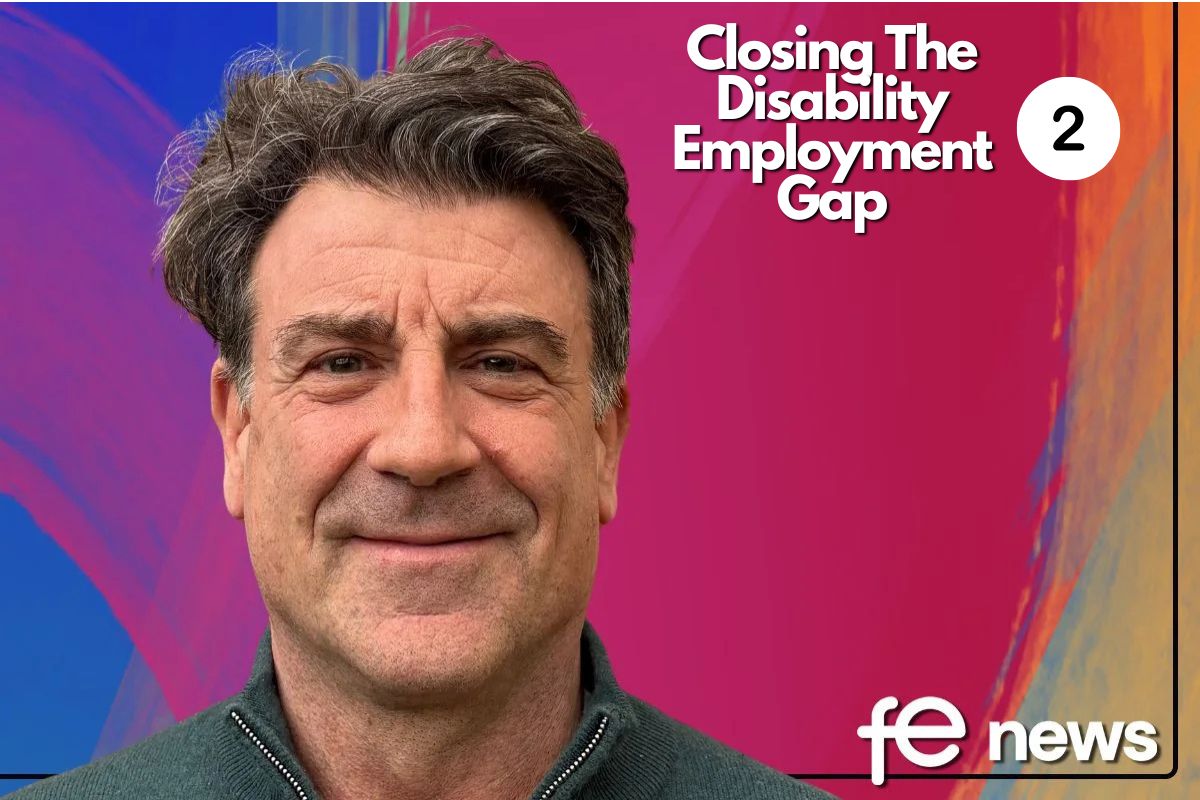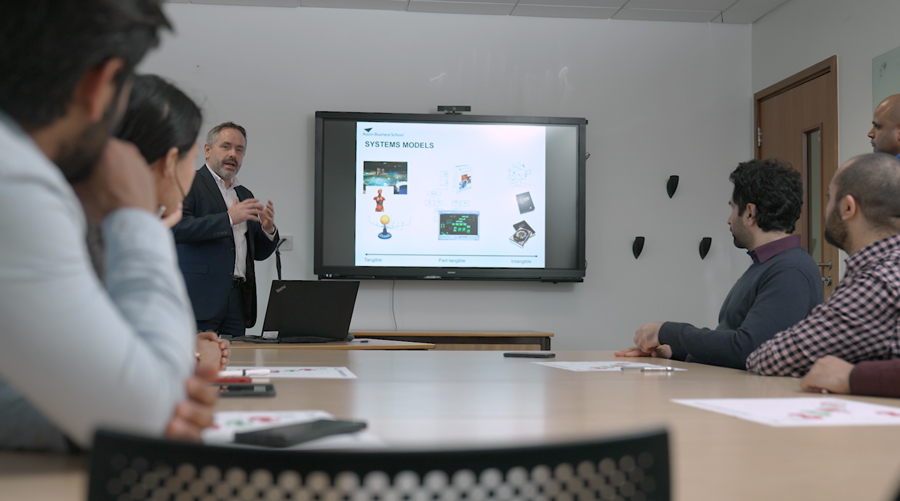The Pressing Challenge of Sustainable Higher Education Funding

Amid political silence on the issue, a new HEPI report explores the costs and impacts of potential funding models for higher education in the UK.
Building a sustainable funding system for higher education in each of the four nations of the UK is a pressing political matter. It is also a political hot potato. Increasing tuition fees for students would be unpopular and abolishing them – where they exist – would be expensive. Ahead of an inevitable general election, politicians are keeping quiet about how to solve their conundrum, and – I expect – crossing their fingers in the hope that they won’t get asked about it. Whilst this may be understandable given the constraints on public spending, a head-in-the-sand approach will not lead to financial sustainability in the higher education sector.
Examining Proposed Funding Models
A new report by the Higher Education Policy institute (HEPI) delves into several proposed models for funding higher education. It looks at how popular or unpopular these are with potential students and how expensive or generative they may be for the public purse.
In the report, London Economics model the current undergraduate degree funding systems in England and Scotland to outline the cost of these to students, institutions and the public purse. As seen in a previous London Economics publication, the burden for paying for higher education lands heavily on graduates in England and heavily on the state in Scotland.
Professor Shitij Kapur, Vice-Chancellor and President of Kings College London, has previously written about the ‘triangle of sadness’ in relation to higher education funding:
“Universities are trapped in a “triangle of sadness” between aspiring students who feel burdened with debt and uncertain prospects, a stretched government that has allowed tuition fees to fall far behind inflation, and beleaguered university staff who feel caught in the middle.”
Exploring the Options
So, what are the options? The HEPI paper outlines several ideas, and examines them for economic impact, and the likely impact on applicant behaviour.
Abolishing Tuition Fees
Chloe Field of the NUS advocates for the dismantling of marketisation of the higher education system. This scenario suggests abolishing tuition fees and moving towards public funding. Modelling by London Economics shows that this would cost £10.5 billion per cohort – a huge ask in the current economic climate. Perhaps surprisingly, offering free tuition only led to a very small increase in the number of potential students stating that they would be likely to apply to university.
Linking Tuition Fees to Teaching Excellence
Jo Johnson, former Minister for Universities and Science proposes linking tuition fee rates to Teaching Excellence Framework (TEF) awards. This model would allow institutions to increase their tuition fees in line with inflation, dependent on receiving a Gold or Silver TEF award. This model aims to link tuition fees to teaching quality. It is easy to forget that annual fee increases used to be the norm. Back in the days of Labour’s £3,000 fees, they went up each year with inflation, but Johnson himself is the only Minister since 2012 to have presided over an increase in the fee cap, from £9,000 to £9,250 in 2017. However, potential students are wary of such increases, with fewer stating that they would be likely to apply to university under this model than under the current system. When asked if this model would impact which university they would apply to, some potential students stated that they would apply to an institution with a lower TEF award to access cheaper
tuition fees. If people behave as they say they would, which is far from certain, then there would be a risk, in the difficult economic future students find themselves facing, that this proposal may unintentionally drive standards down in higher education, rather than up, as students choose to study at cheaper institutions, with lower TEF awards. The related potential impact on widening participation should also be noted here.
Reforming Student Loans
James Purnell, Vice-Chancellor and President of the University of the Arts, London, argues for fixing the higher education funding issue starting with student loans. He suggests a more equitable repayment system that could potentially free up resources for reinvestment. This model holds higher earning graduates in the repayment system for longer, generating £841 million for the Exchequer per cohort. This could be re-invested into other parts of the system, such as maintenance support or teaching grant funding. This system was less popular with potential students than the current model – due to the mention of increased interest rates during repayment. (The limitations of snapshot survey questions provided little chance for explanation of real interest rates versus higher rates of interest. An important additional finding from the report was that applicants struggle to find clear information on the current funding system – and struggled to understand terms such as inflation on interest in the proposed models.)
Employer Contributions
Johnny Rich, Chief Executive of the Engineering Professors’ Council and Chief Executive of the outreach organisation Push proposes a model where employers contribute to the cost of higher education, recognising the direct benefits they gain from graduates. Economic modelling found that this system (a 3% levy that employers would pay on graduate earnings over £25,000) would generate £8 billion per cohort for the public purse. The average lifetime repayment for graduates was reduced, and this was the most popular model with applicants – not least because they felt there would be a stronger connection between universities and employers. Employers were not surveyed as part of the report, and work in this area would be an interesting addition.
Graduate Contributions in Scotland
Reform Scotland introduces the idea of a graduate contribution model for Scotland. Students would only be liable to make this contribution if they had graduated from their course and once they earn more than the Scottish average salary. This policy could end the cap on Scottish students and more equitably share the cost of higher education between the state and graduates. Compared to the current model in Scotland, where graduates do not contribute to the cost of higher education tuition, this model was less popular with potential students.
The Need for Political Parties to Articulate Plans
Nick Hillman, Director of the Higher Education Policy Institute said:
“This timely report puts the pros and cons of the main different funding options into the hands of policymakers just as they start to scope out their manifestos for the next general election. As such, it is one of the most useful reports HEPI has ever produced. Combining strong opinions with robust economic modelling and polling of both students and applicants, the paper provides a really comprehensive picture of the different options. Change has to happen, whether it is keeping the current system but raising fees or else going down another path.
“altogether and it is now incumbent upon policymakers to provide more of a sense of their preferred route.”
As the general election approaches, political parties must set out how they will address the financial challenges facing the UK’s world-leading higher education system. This system is not only vital for cultivating the intellect of future generations but also a fundamental driver of the nation’s economic growth and prosperity. Political parties must clearly articulate their plans to bolster higher education in the UK. I look forward to the proposals and a lively and informed debate – which I hope will replace the current, deafening silence.
By Rose Stephenson, Director of Policy and Advocacy, Higher Education Policy Institute











Responses